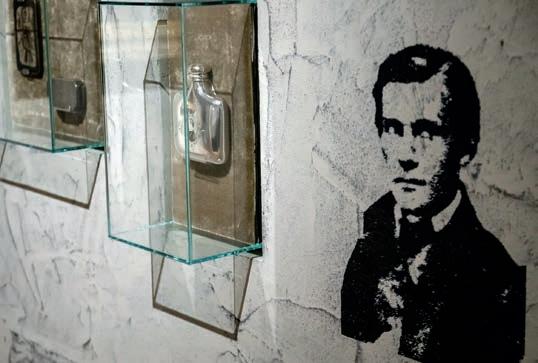
1 minute read
THE NEW AGE
Ceramics and more inside a unique space that revives the soul…


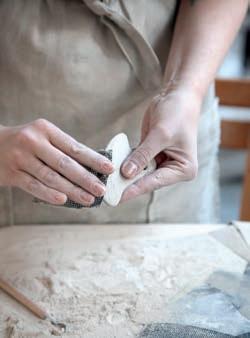
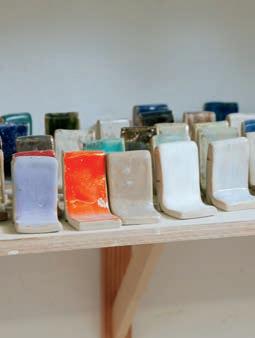

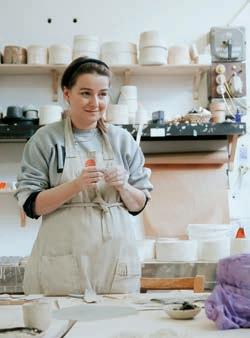
Named after the lost Incan city, Paititi market themselves as “a holistic store for the body and soul”, a place whose items, they say, “will raise your bio-vibrations and bring peace and harmony to your living space”. You’d be forgiven for arching your eyebrows, but as it transpires this isn’t New Age claptrap, but actually a fair description of exactly what they do. Starting life as a ceramics store, visit to invest in dishes and vases whose raw, simple form is complemented by the natural color palette. But beyond these, look also for woody scents from Palo Santo, ceremonial Ecuadorean cocoa with anti-depressant qualities, aromatherapy oils and incense sticks. Healing the mind and body, these are products that will serve to realign your mojo on a bleak Warsaw day.
Paititi
Długa 44/50, paititistore.com
LOVE AND DUTY. 1863 JANUARY UPRISING
The Royal Castle in Warsaw casts an in-depth look at the January Uprising...
The January Uprising was the largest and longest-lasting independence insurrection during the period of partitions. This uprising against the Russian invaders united Poles, Lithuanians, Belarussians, and Ukrainians, forever left its mark and became an inspiration for the next generations of heroes fighting for freedom.
On the 160th anniversary of this momentous event, the temporary exhibition in the Royal Castle’s Tin-Roofed Palace seeks to foster a better understanding of both its historical significance and its personal, human dimension.
A total of more than 200,000 people fought in the ranks of the January insurgents at
Love and Duty. 1863 January Uprising (Ongoing until April 16th) The Tin-Roofed Palace (pl. Zamkowy 2), www.zamek-krolewski.pl various stages of the struggle, a fraction of those who felt the burden of Russian repression. Ultimately, this was to undoubtedly become one of the most tragic pages in the history of the national liberation struggles in Central and Eastern Europe.
The spiritual legacy of the January Uprising laid the foundations for the modern identity of several nations, strengthened interstate solidarity, and redefined a sense of community and patriotic duty. It also became the founding myth of the two states that became independent in 1918 – the Second Polish Republic and the Republic of Lithuania.
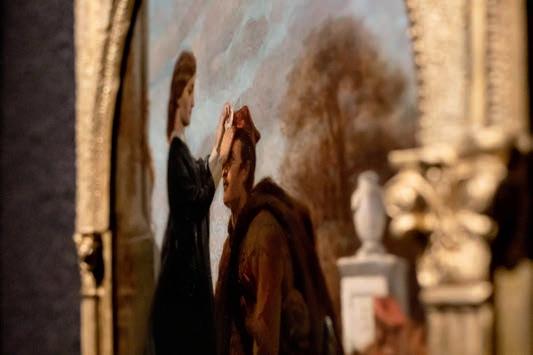
The aim of the exhibition is not only to preserve knowledge of the Uprising, but also to stimulate historical imagination, making it possible to evoke the collective and individual emotions that accompanied the Uprising. Objects found during archaeological work on Giedymin Hill in Vilnius are a particularly important part of the exhibition. In 2017, during work to save the sliding slopes of the mountain, human remains were accidentally discovered which, upon examination, turned out to belong to the January insurgents who were executed in 1864 on Lukiski Square.
